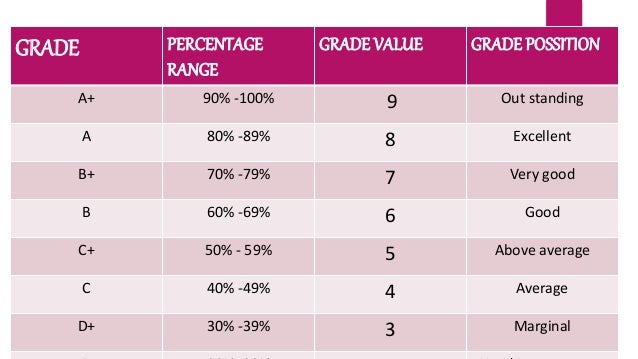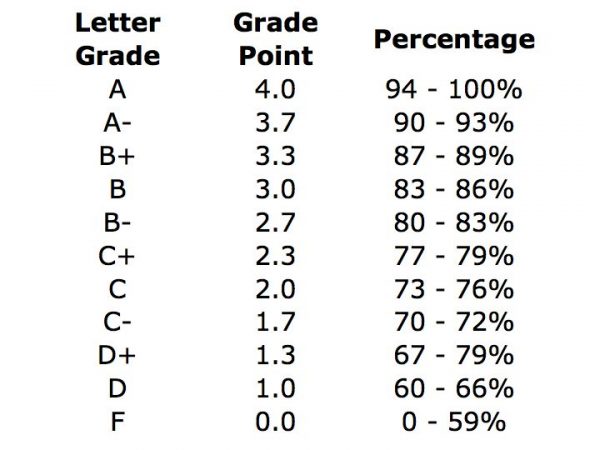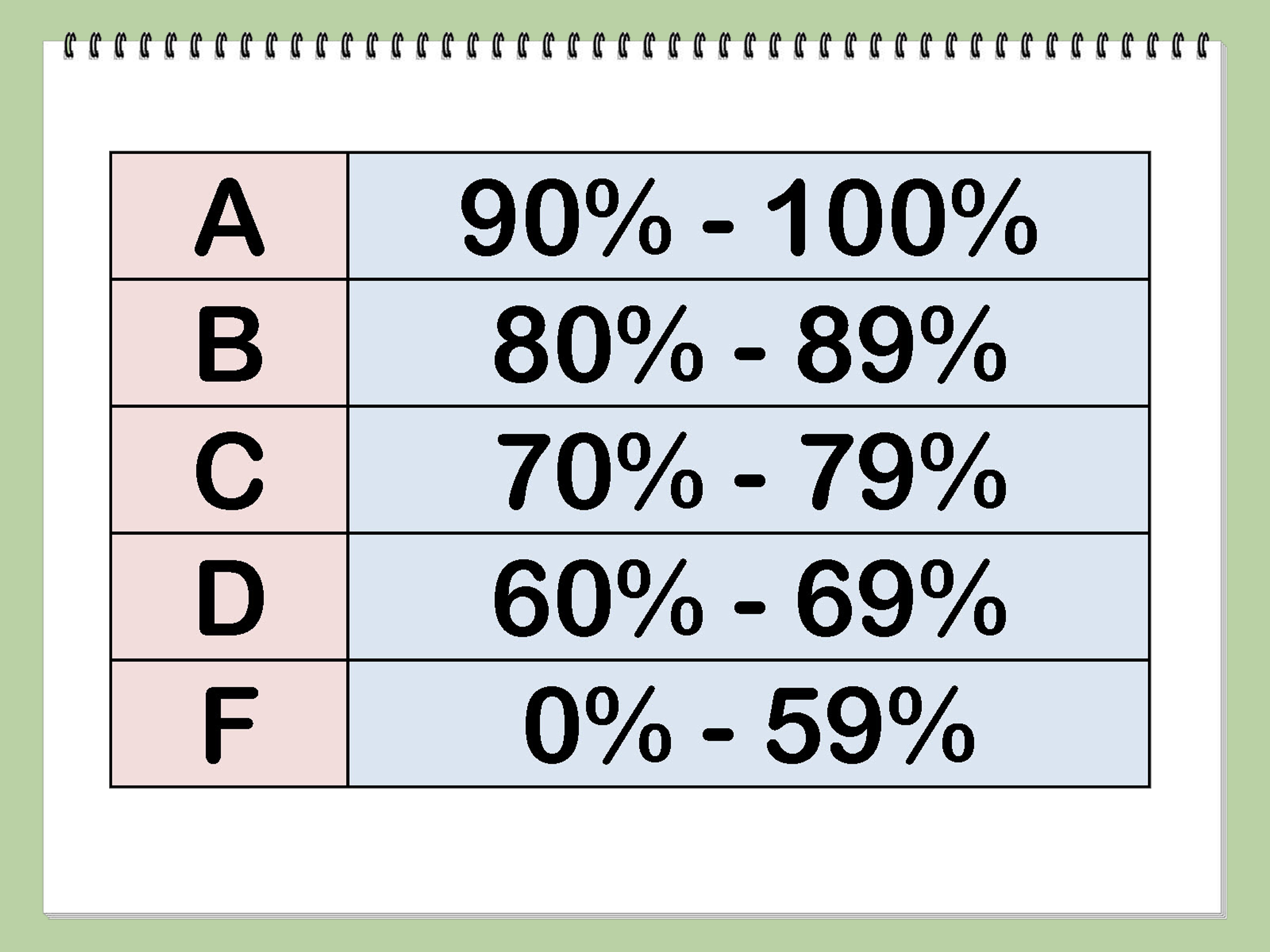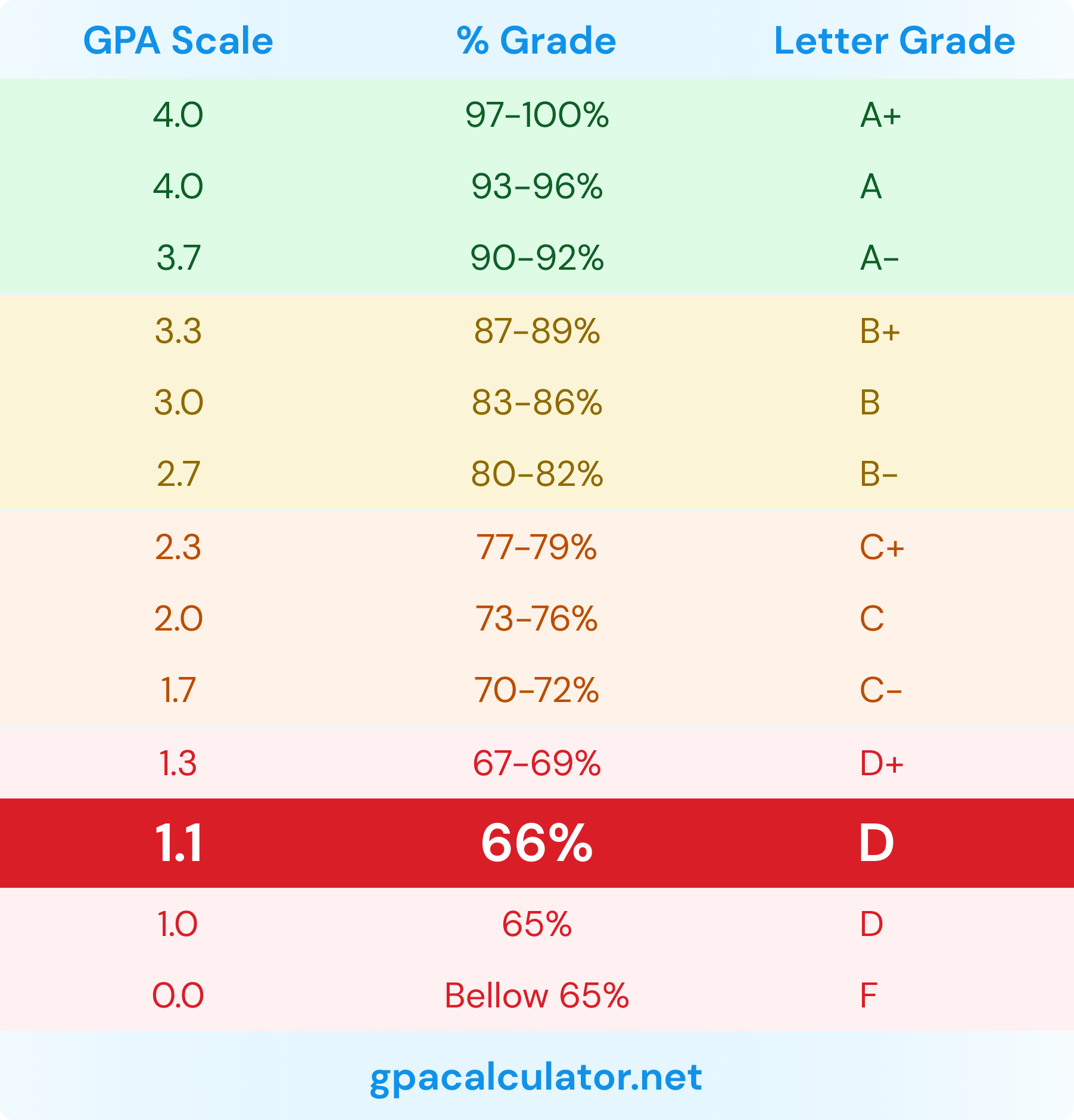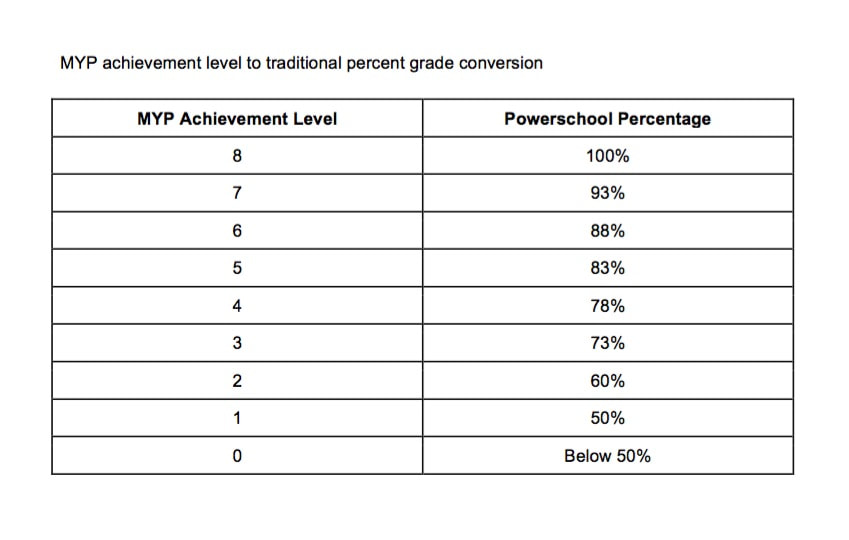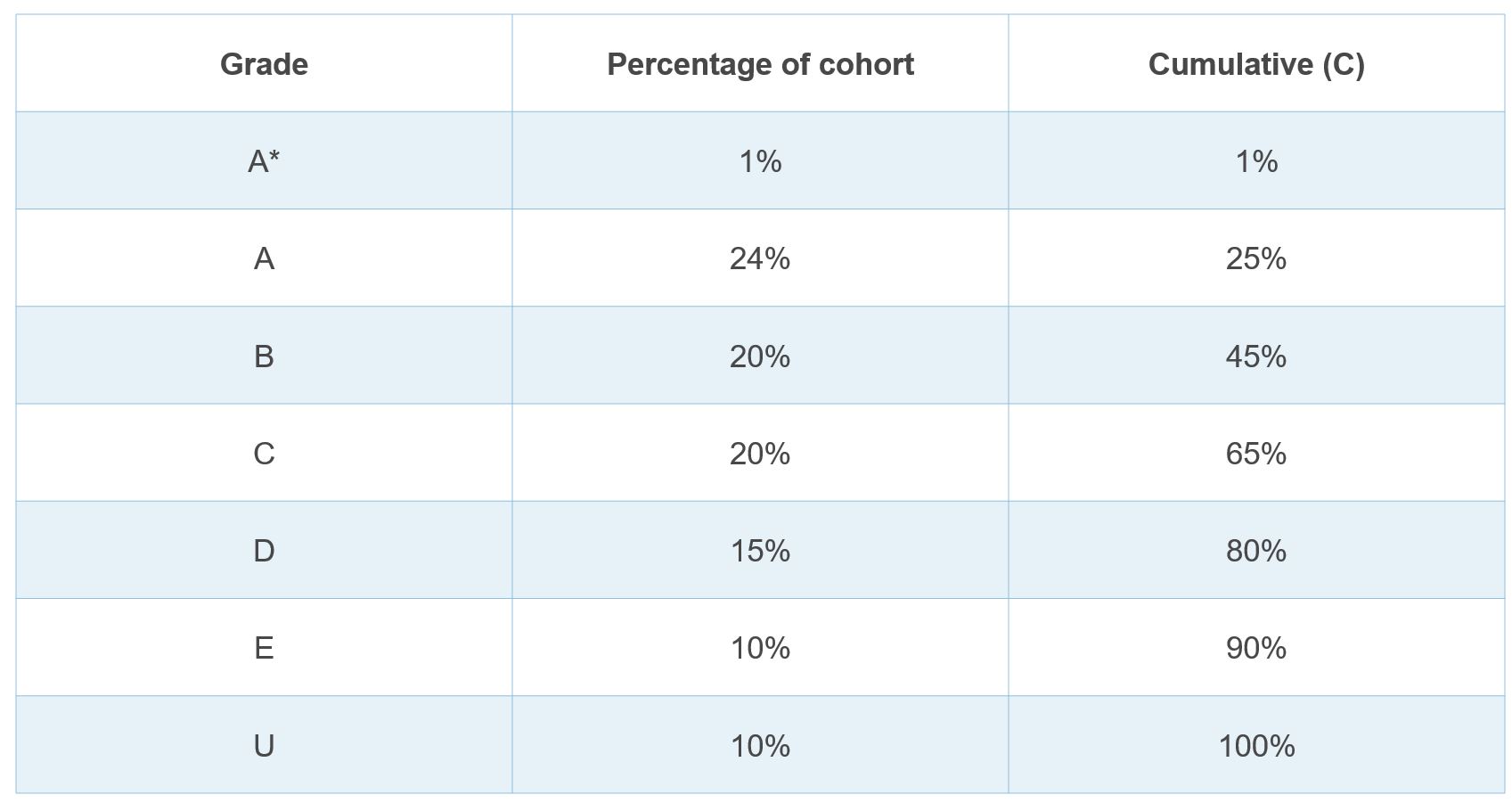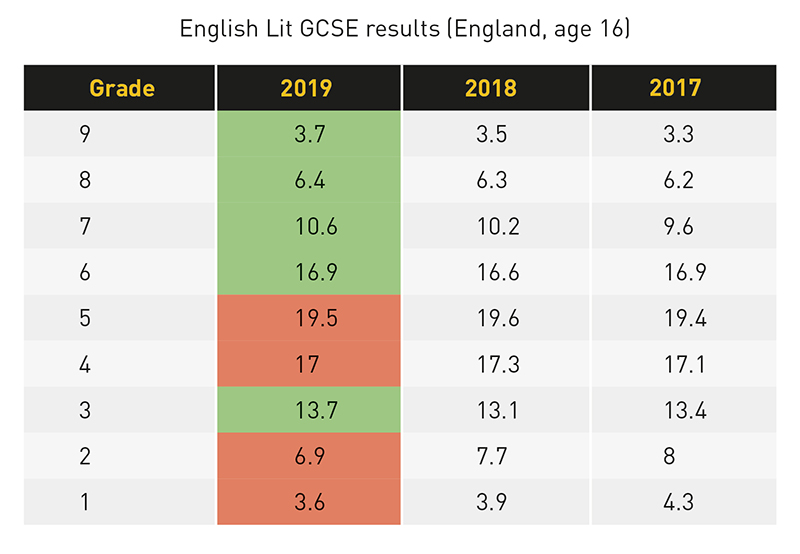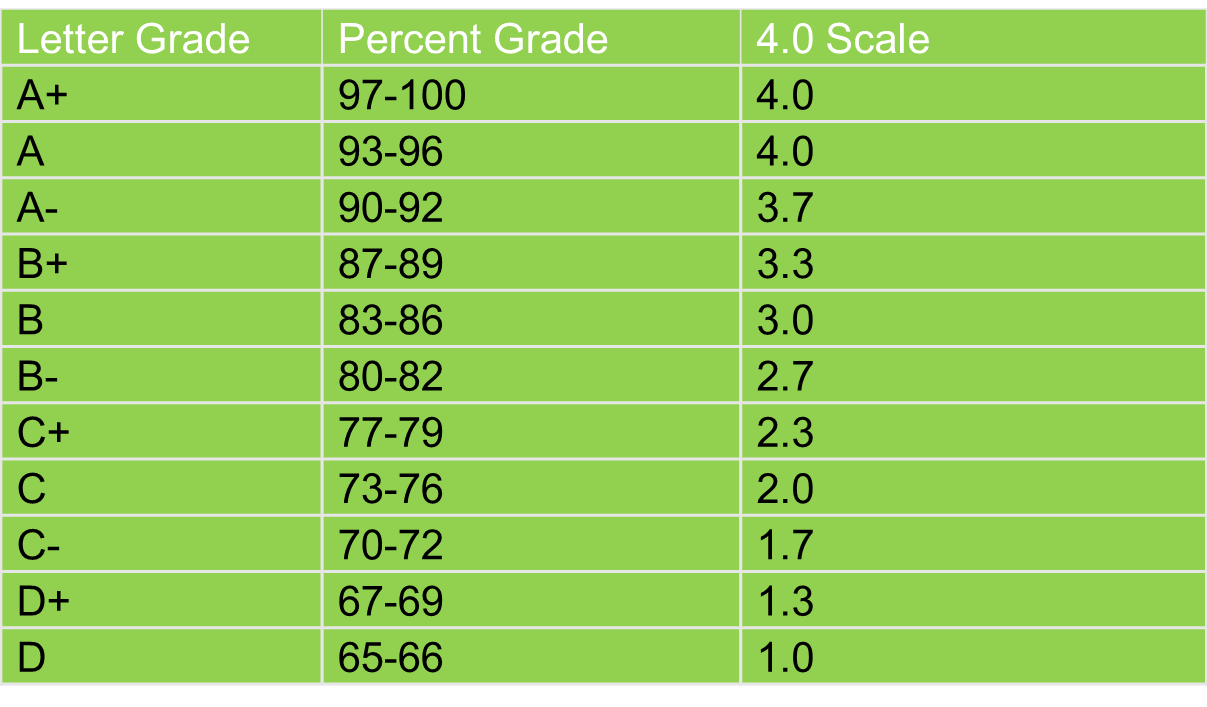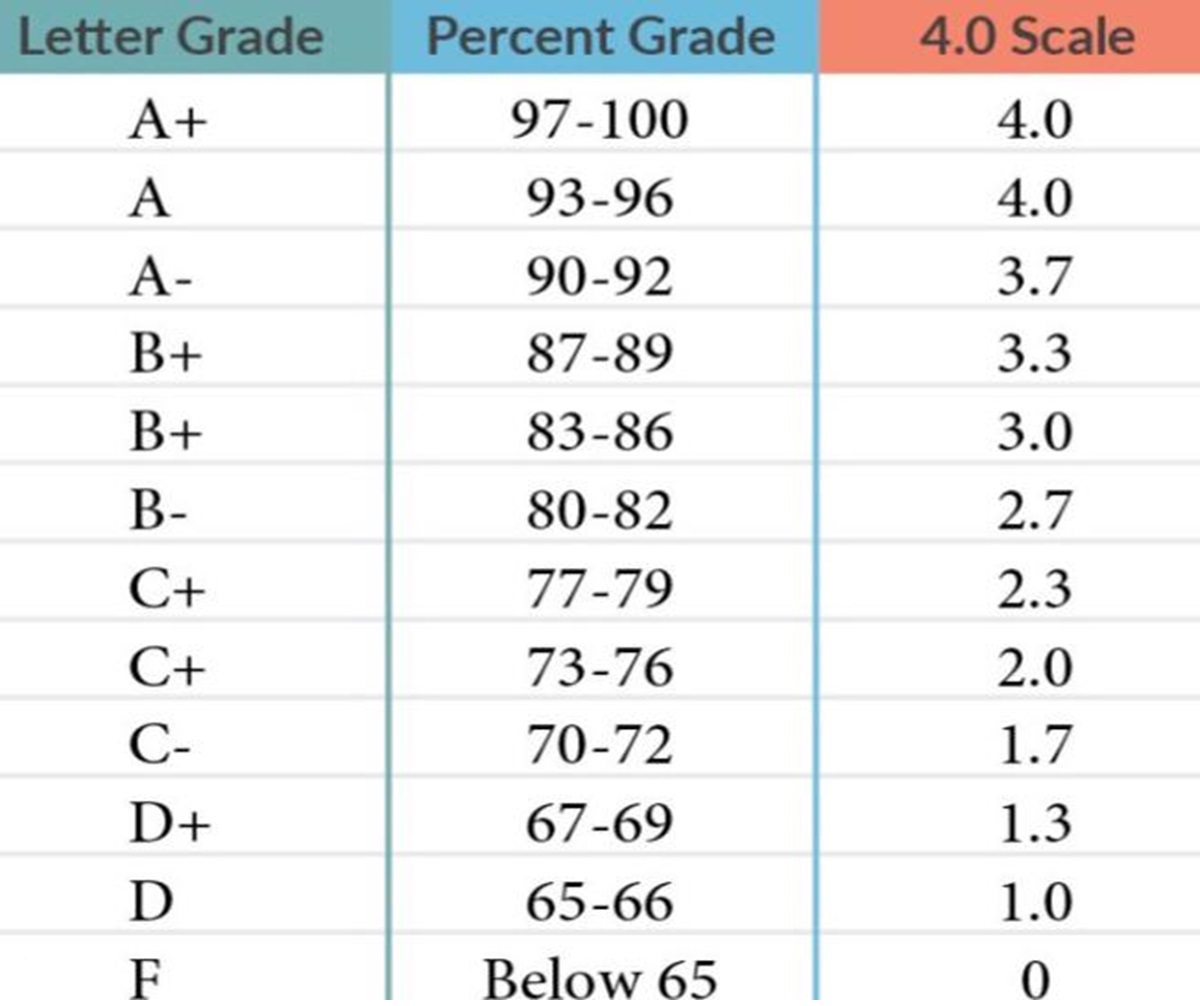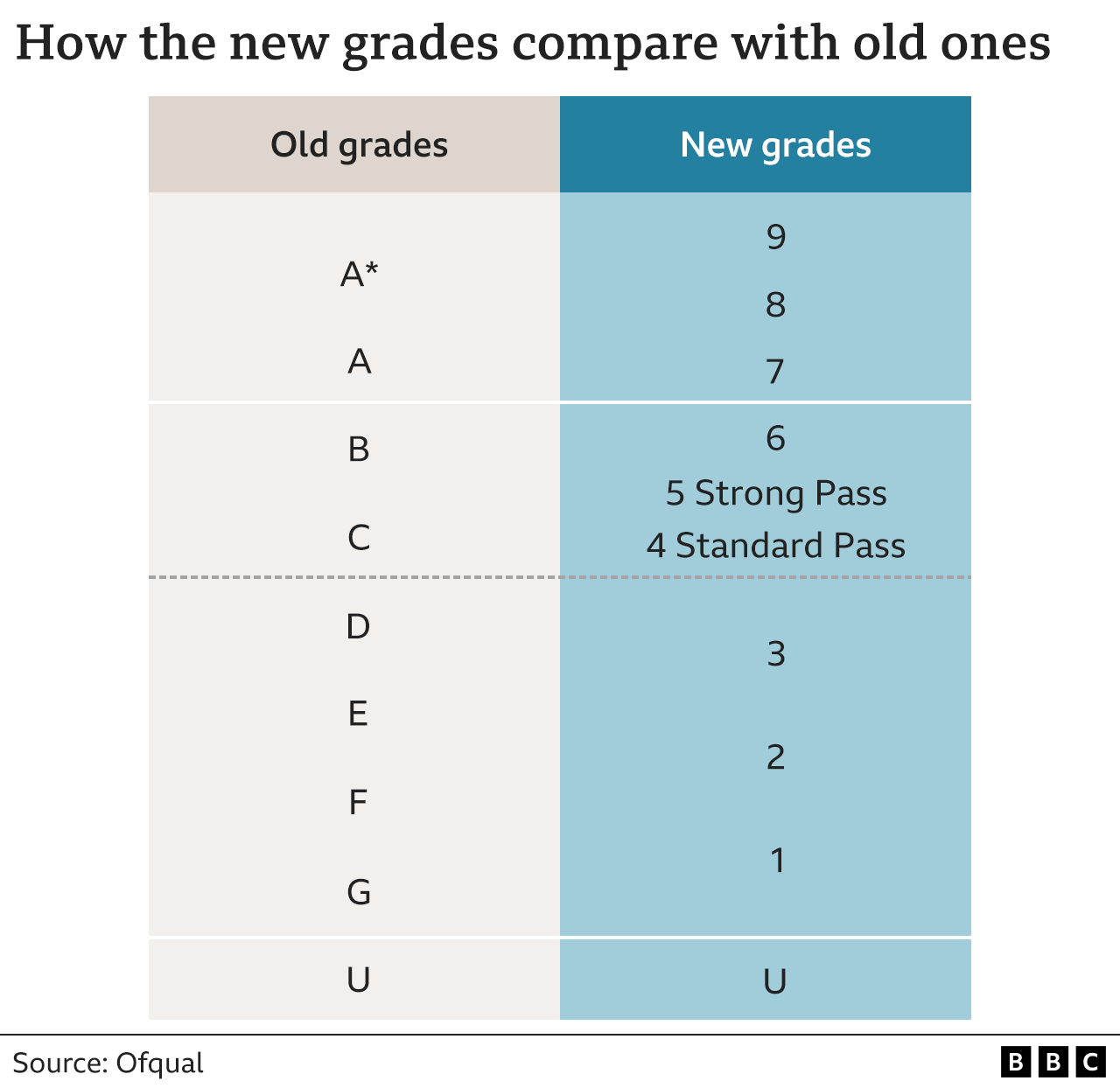8 Out Of 9 Percentage Grade

The recent release of standardized test scores across the state has ignited a wave of discussion, primarily focused on a particular statistic: an average of 8 out of 9 percentage points earned by students compared to previous years. This seemingly small numerical shift carries significant implications for educators, policymakers, and the future of education funding. Stakeholders are now trying to interpret this change within the broader context of educational recovery post-pandemic.
The "8 out of 9" increase, while appearing incremental, represents a notable departure from the stagnation observed in preceding years, raising questions about its underlying causes and potential long-term effects. Understanding its significance necessitates careful analysis of the specific subject areas, grade levels, and demographic groups exhibiting this improvement.
The data, released by the State Department of Education on Tuesday, encompasses scores from statewide standardized tests administered in reading, mathematics, and science to students in grades 3 through 8. While the Department emphasizes that this is a preliminary analysis, the trend is clear: students, on average, demonstrated an improvement of roughly 8 to 9 percentage points across all subjects and grade levels, compared to the same period last year.
These tests, mandated by state law, are a crucial component of evaluating school performance and informing curriculum development. Furthermore, they play a significant role in determining funding allocations for individual schools and districts.
Dr. Emily Carter, the State Superintendent of Education, addressed the findings in a press conference. "These results are encouraging and suggest that our collective efforts to support students after the disruptions of the pandemic are beginning to yield positive results," she stated.
She cautioned, however, against premature celebrations. “We must remain vigilant and continue to invest in evidence-based strategies to ensure that all students have the opportunity to succeed.”
Key Details of the Score Improvement
The reported increase isn't uniform across all subject areas. Mathematics showed the most substantial growth, with an average increase of 9.2 percentage points. Reading followed closely behind, demonstrating an 8.1 percentage point improvement.
Science, while still showing progress, saw a slightly smaller increase of 7.6 percentage points. This disparity warrants further investigation to understand the specific challenges within science education.
Demographic Breakdown
The data also reveals some intriguing demographic trends. While all student groups showed improvement, the increase was most pronounced among students from low-income backgrounds.
This could be attributed to targeted interventions and resources allocated to schools serving these communities in recent years. However, gaps still persist between different demographic groups.
Disparities in scores related to race and ethnicity remain, emphasizing the ongoing need for equitable access to quality education and resources. Addressing these inequalities requires a multi-faceted approach.
Potential Impact and Concerns
The "8 out of 9" increase has the potential to influence several aspects of the educational landscape. Firstly, it may lead to increased confidence in the effectiveness of current teaching methodologies and intervention programs.
Secondly, it could impact funding decisions, potentially leading to greater investment in successful initiatives. Finally, it serves as a benchmark for future performance and accountability.
However, some educators and policymakers express concerns about over-interpreting these results. They argue that standardized tests provide only a snapshot of student learning and may not fully capture the nuances of educational progress.
“We need to be careful not to rely solely on test scores to evaluate student success,” said Mr. David Miller, president of the State Teachers Association. "A holistic approach that considers factors like social-emotional well-being, creativity, and critical thinking is essential."
Another point of contention revolves around the potential for teaching to the test. Critics argue that the emphasis on standardized testing may narrow the curriculum and stifle innovation.
Furthermore, there are questions about the sustainability of this improvement. Whether this upward trend will continue in subsequent years remains to be seen, requiring ongoing monitoring and evaluation.
Looking Ahead
The "8 out of 9" percentage grade increase presents both opportunities and challenges. It provides a foundation for building upon recent successes and addressing persistent inequalities.
Effective collaboration between educators, policymakers, and communities is crucial to ensuring that all students benefit from these gains. The future of education in the state hinges on the ability to translate this numerical improvement into meaningful and lasting change.
The State Department of Education plans to conduct a more in-depth analysis of the data in the coming months, including qualitative research to gather insights from teachers and students. This comprehensive approach aims to provide a more nuanced understanding of the factors contributing to the score improvement and inform future policy decisions.

